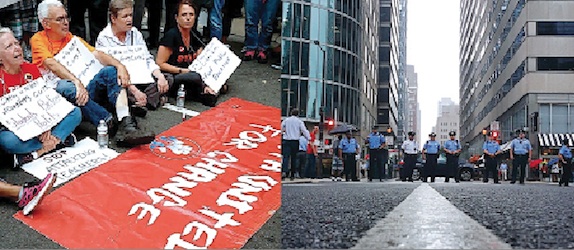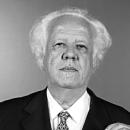
The politics of education in Philadelphia
MÁS EN ESTA SECCIÓN
Paolo Freire, perhaps the best known radical educational theorist of the 20th century, used to stress that schooling is not "neutral," that it serves some interests and impedes others. He was speaking, specifically, about his own Brazil and other Latin American nations whose income disparities were further entrenched by disparities in educational method, quality and access.
We don't like to think of ourselves as having the same problems as developing nations, but when it comes to public education perhaps it would be useful to acknowledge that we, too, have politicked our way into a funding crisis that especially impacts the poor student, particularly in cities like Chicago and Philadelphia.
While other countries have increased their investment in public education during the past number of years, the United States has cut back. The 2013 report of the Organization for Economic Cooperation and Development (whose 34 member nations include both the economically advanced and emerging economies) states that from 2008 to 2010 we cut investment in public education by 1 percent. Only four other OECD countries joined us in this: Estonia, Hungary, Iceland and Italy.
Moreover, the report highlights that the public investment in education is lower in the United States than in other OECD nations. "A larger-than-average proportion of the United States' spending on education comes from private sources," according to the report. "Some 69 percent of expenditures on all levels of education combined come from public sources; 31 percent come from private sources. By comparison, across all OECD countries, 84 percent of education expenditures are from public sources, and 16 percent of expenditures are from private sources."
And when it comes to higher education, the difference is even more marked: "In the United States, 36 percent of expenditure on higher education come from public sources, and 64 percent come from private sources. Across all OECD countries, 68 percent of expenditure on tertiary education come from public sources, while 32 percent come from private sources. Nearly half (48 percent) of all private expenditures on higher education in the United States comes from households."
Which means, bluntly, that if we can afford it, we'll be educated. What's neutral about that?
In Pennsylvania, Gov. Tom Corbett has cut a number of educational programs, including those that reimburse school districts for charter school payments, and has also made changes to the school funding formula, both which have had tremendous and deleterious effect on poor school districts — especially the Philadelphia School District.
The past number of years the district has been forced to go to city council, hat in hand, requesting funds to keep doors open for its 200,000 students.
As recently as this past Tuesday, Superintendent William Hite requested $96 million to be able to offer district students even a "wholly inadequate" education next year. And in May the School Reform Commission refused to pass the "devasting" budget proposed for the district.
Why are we so reluctant to invest in public education rather than disinvest in it? Why are we, as a city, willing to shell out millions of dollars to convince individuals to think Philadelphia is a great place to visit (and convince businesses it is a great place to invest) but balk at the million needed to meet the most basic educational needs of those already living and growing up here?
"Our severely under-resourced school system threatens the future of one of America's greatest cities," said Hite in May, and he's right.
We can plaster Penn Station in New York City with as many of those quirky "With Love, Philadelphia XOXO" billboards as we like, but if our own students can't count on a school in which they are taught to read them, then what exactly are we selling?






DEJE UN COMENTARIO:
¡Únete a la discusión! Deja un comentario.